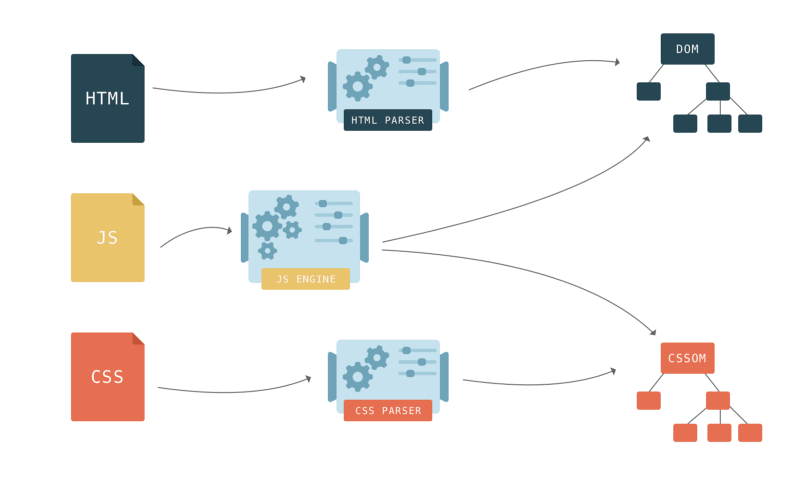

It seems the browser can handle an HTML file, even if its only cue is the extension. Your browser displays the text without complaining. Still, go ahead and open index.html in your browser: Similar to the Python interpreter not executing comments in your Python code, the browser won’t render the contents of your HTML comments. You haven’t added any HTML syntax yet, except an HTML comment on line 1. So far, the only content of index.html is a plain Am I HTML already? string. That’s why you can visit instead of typing the full address. Note: Unless your server is configured differently, index.html is the file that the server tries to load when you visit the root URL. You’ll learn how to structure your HTML code to make it readable for your browser and for humans. In this section, you’ll start by creating your first HTML file. The WHATWG plays a similar role for HTML as the Python Steering Council does for Python.Īpproximately 95 percent of websites use HTML, so you’ll be hard-pressed to avoid it if you want to do any web development work in Python. Today, the standards of HTML are defined by the Web Hypertext Application Technology Working Group (WHATWG). Writing semantic HTML code will make your documents accessible for a wide range of visitors.Īfter all, you want to enable everybody to consume your content, whether they’re visiting your page with a browser or using screen reading tools.įor each HTML element, there’s a standard that defines its intended use. In this section, you’ll learn about HTML elements and their roles.

In contrast to formatting, the markup defines the meaning of content and not how it looks. You use markup to structure content in a document. With hyperlinks, you can jump between pages and surf the Web. The hypertext part of HTML refers to building connections between different HTML pages. HTML was created by Tim Berners-Lee, whose name might also ring a bell for you as the inventor of the World Wide Web. HTML stands for HyperText Markup Language. No matter what kind of website it was, you can bet that its source code has a basic tag at the beginning. Maybe you read some news, chatted with friends, or watched a video. Think of any website that you’ve recently visited. Free Bonus: Click here to download the supplemental materials for this tutorial, including a time-saving HTML template file.Īfter learning the basics of HTML and CSS, you’ll find ideas on how to continue your journey at the end of the tutorial.


 0 kommentar(er)
0 kommentar(er)
